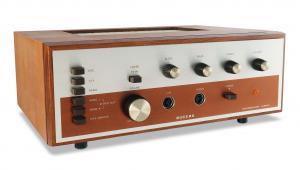Marantz Model 2226B receiver Page 2
![]() Tim Listens
Tim Listens
Plump, chunky basslines, bright extended treble... there's not a hint of worthy-but-dull dryness about this receiver. Rather, its all about dynamics and fun. The DC coupling gives a fair degree of load control at low frequencies so bass retains good definition, even when the amplifier is working hard. Yet oddly, it is the bass that first falls apart when the amp's limit is reached. Unlike many rivals, treble does not degrade noticeably when the line is crossed, but the low-end turns hard and messy in a way that lets the listener know that the hard working output transistors have no more to give. Nonetheless, the 2226B avoids the 'small amplifier sound' I have commented on in the past. It is therefore, subjectively at least, just powerful enough for serious, critical use.
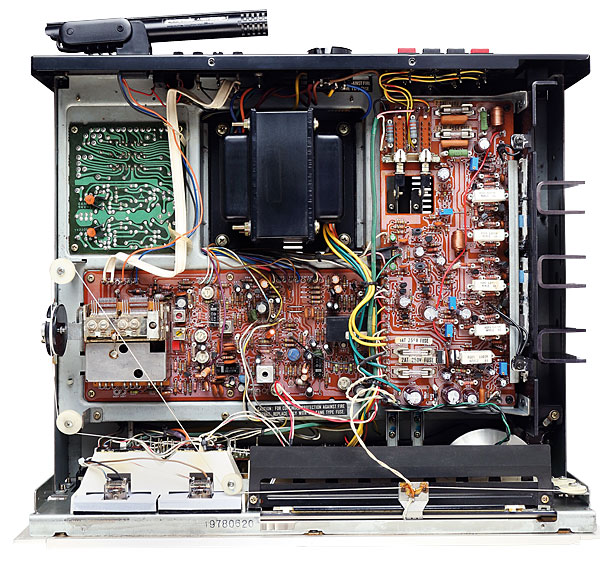
If the amplifier has a sonic flaw it is that the part of the midrange which encompasses female vocals can sound a little strident, even in combination with forgivingly voiced sources and speakers. True, the effect is slight, and only really evident when compared to best-in-class performance, but it can be difficult to set aside once identified.
Immaculate Reception
As an example, Cyndi Lauper's vocal on 'The World Is Stone' – taken from the compilation album Twelve Deadly Cyns [Epic 447363 2] – sounded as if it had been remixed with the vocal track turned up slightly. The effect is not in itself unpleasant, but it is presumably contrary to the singer's original intentions. This observation aside, the performance of the amplifier section of the 2226B demonstrates that there is no reason to believe that receivers are necessarily the poor relation to separate components.
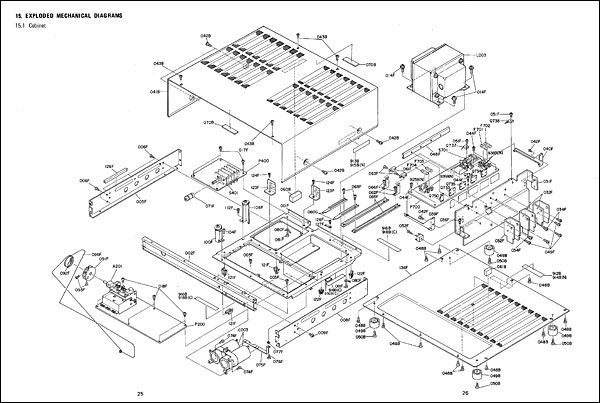
A performance of Mussorgsky's Boris Godunov by the New York Metropolitan Opera on BBC Radio 3 (90.3MHz) presented an excellent opportunity to assess the quality of the 2226B's tuner section. With a modest rooftop antenna it was possible to secure noise-free reception in stereo. Unlike some, the 2226B's signal strength meter is sensibly calibrated and doesn't swing over to maximum as soon as anything is received. Stereo image width and depth were both satisfactory, although I think listening directly from a CD results in a larger spread of sound. Tonally the tuner's sound was slightly soft when compared to records and CDs, but the rendering of fine detail reached a high standard – one would need a separate tuner of a high calibre to better the 2226B in this respect.
The quality and usefulness of this unit's FM section demonstrated the appeal of the receiver concept. After all, why have just an amplifier when, for no additional complexity aside from the provision of an aerial and (at current values) no extra cost, you can enjoy unlimited and reliable entertainment for free?
Yes, given a choice I think I would opt for one of the slightly more powerful models in the Marantz range, the 2252B looking like it may have been the sweet spot. However, the 2226B is a sensibly specified piece of work, which has much to commend it. I found it thoroughly enjoyable to audition.
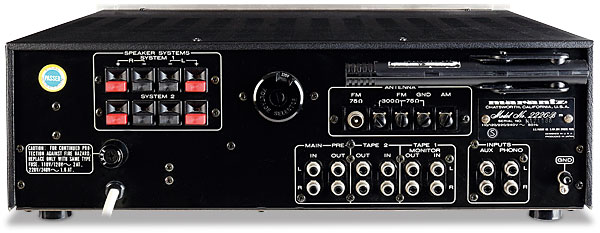
Buying Secondhand
The 2226B may have been designed in California but it was made entirely in Japan, which is a good thing from the point of view of reliability. Most have lived trouble-free lives, the most common problem seeming to be the failure of the lamps behind the fascia (of which there are many).
Fine Fettle
The amplifier needs only the occasional checking of its bias currents and offset voltages to keep it in fine fettle, although it should be noted that the only thing protecting your loudspeakers in the event of the failure of the output transistors when it comes to this design is a fuse in each channel.
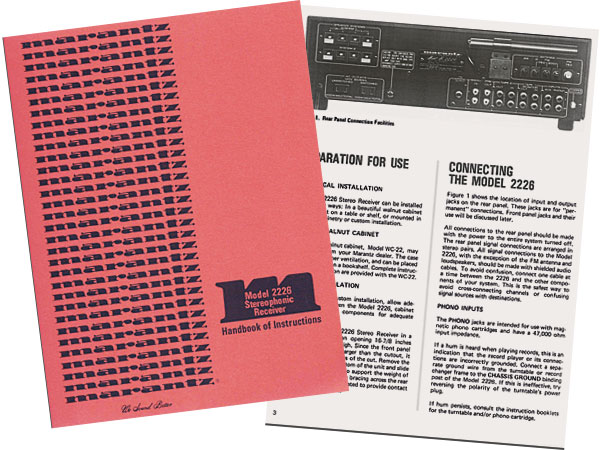
It is thus vital to ensure the correct type (2.5A, time delay) is fitted before connecting speakers of any value to one of these units. The use of 13A mains fuses, foil from KitKat wrappers, and pieces of sawn-off nail definitely won't do!
Failure of the tuner to receive programmes in stereo despite strong mono reception is normally due to a drift in the setting of the oscillator inside the stereo decoder IC. Fractional adjustment of the VCO preset R301 normally cures this. If this doesn't remedy the issue, replace the HA1196 decoder chip.
Hi-Fi News Verdict
Receivers may not top every audiophile's wishlist, but on this showing it's difficult to see why. The cost when bought new has been neutralised on the vintage market, so you are now effectively getting a free matching tuner when you buy the amplifier. Solid and well made, the 2226B is a refined performer and feels like it will last forever provided it's cared for. It also has just enough power for use in a main system.















